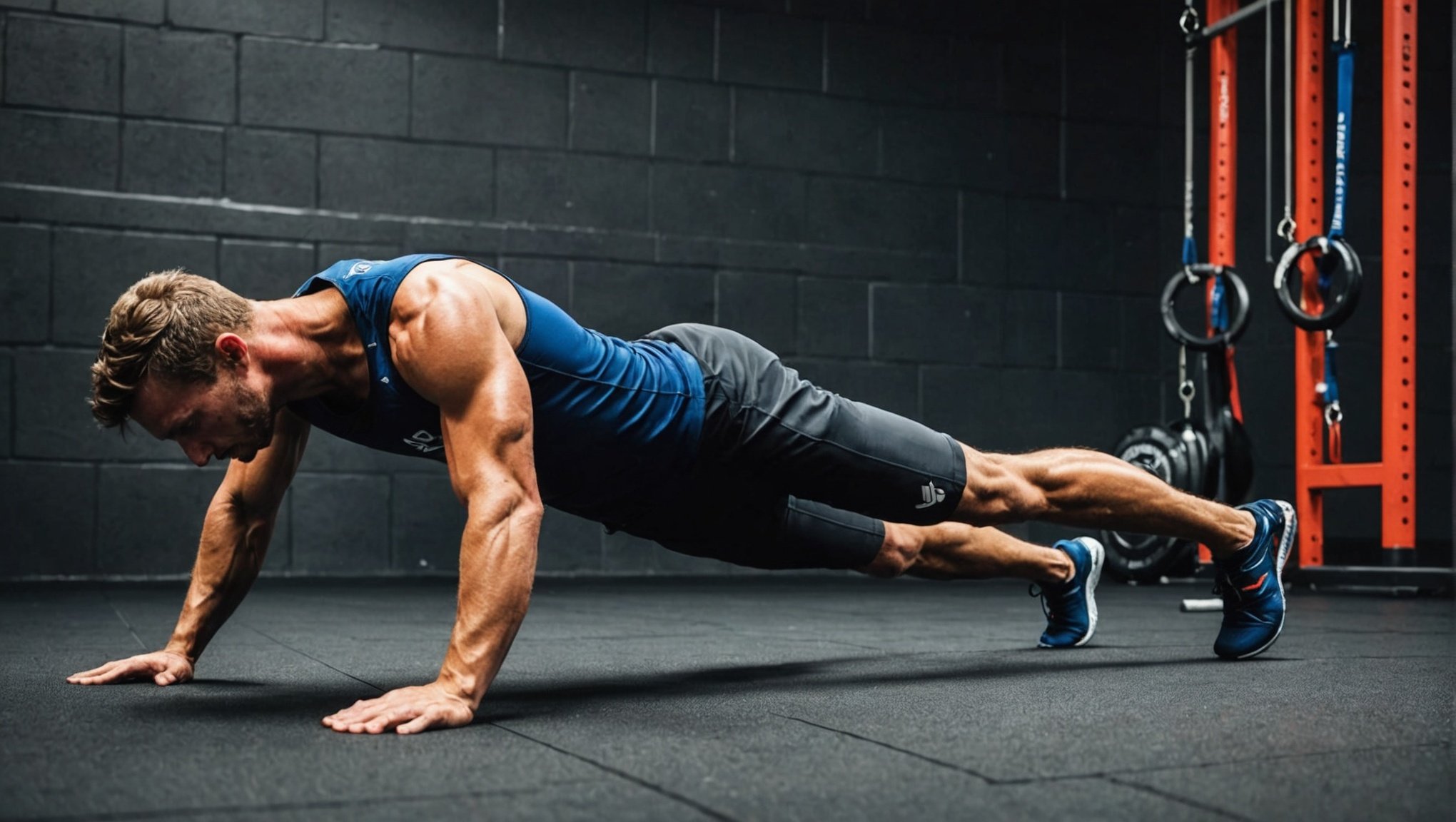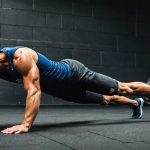Importance of Core Strength for Dive Athletes
Enhancing core strength is crucial for optimal dive performance. A strong core significantly influences a diver’s stability and control during flips and twists, making it an indispensable aspect of athletic training.
Role in Diving Performance
In diving, core muscles, including the abdominals and lower back, provide the foundation for executing complex manoeuvres. These muscles ensure that divers maintain proper form and precision during each dive. Consequently, the ability to complete intricate sequences with accuracy primarily hinges on a robust core.
Also read : Mastering BMX: Leveraging Video Playback for Enhanced Race Strategies
Core Stability and Balance
Core stability directly affects a diver’s balance both in air and upon water entry. An engaged core allows for smoother transitions between movements and assists in maintaining a streamlined posture. This reduces drag and enhances overall aesthetic performance, which is crucial for competitive scoring.
Injury Prevention Through Core Workouts
Incorporating core workouts into athletic training not only boosts performance but also plays a pivotal role in injury prevention. Strong core muscles can better withstand the forces experienced during high-impact water entries, reducing the risk of common dive-related injuries such as lower back strains. Regular core exercises are therefore vital, offering both performance enhancement and protection.
Also to discover : Maximizing Performance: The Best Cross-Training Techniques for Professional Cyclists
Essential Core Workouts for Dive Athletes
In the world of dive training, core workouts play a critical role in enhancing performance and ensuring effective dives. These exercises focus on strengthening and engaging the core, providing increased strength, stability, and coordination.
Plank Variations
One of the foundational strength exercises is the standard plank, known for boosting core endurance and overall stability. To further enhance lateral strength, side planks target the oblique muscles, crucial for rotational movements during dives. Adding dynamic plank variations, such as plank jacks or reach planks, can amplify stability and provide functional strength gains essential for divers.
Medicine Ball Exercises
Medicine ball exercises, including Russian twists, cultivate rotational strength, a key component in diving as athletes pivot through various manoeuvres. Power development is supported through medicine ball slams, while overhead throws focus on shoulder stability, an often-overlooked aspect critical in dive training.
Pilates and Stability Exercises
Incorporating Pilates, like the Pilates roll-up, ensures comprehensive core engagement, preparing athletes for demanding routines. Additionally, stability ball workouts refine balance, while dead bugs, a deceptively simple exercise, enhance coordination by engaging the core dynamically with simultaneous limb movement.
These tailored core workouts are essential for any dedicated diver, fortifying foundational strength exercises needed for peak performance.
Integrating Core Workouts into Dive Training
Understanding how to effectively integrate core workouts into dive training is crucial for performance enhancement. Core strength exercises can be structured to seamlessly align with dive-specific drills, ensuring athletes gain the stability and balance necessary for optimal performance. When programming training routines, one must consider the frequency and intensity of core workouts to maintain a healthy balance and avoid overtraining.
Training integration requires a strategic approach where core exercises enhance overall diving capabilities. Divers can benefit from exercises such as planks, Russian twists, and medicine ball throws, which directly contribute to improved midline stability during dives. These exercises, however, should not overshadow the dive-specific drills, which remain paramount.
Periodization plays an integral role in effective training programs. By systematically organizing training phases that incorporate core work, divers can progress without burnout. Each period should be designed to target different physical capacities, ensuring that core workouts complement rather than compete with dive practices. This structured approach aids in gradual and consistent performance enhancement.
Finally, incorporating feedback from training sessions can help tailor core workouts to fit individual needs, maximising the benefits of every practice session.
Nutrition for Core Strength and Recovery
When it comes to fostering core strength and promoting quick muscle recovery, the significance of an athletic nutrition plan cannot be overstated. It is essential to incorporate a balanced intake of proteins, carbohydrates, and healthy fats to support sustained energy and repair. Proteins are particularly crucial, as they provide the amino acids necessary for muscle repair and growth. Lean meats, fish, and plant-based proteins like lentils and chickpeas are excellent choices.
In addition to macronutrients, micronutrients such as magnesium, calcium, and vitamin D play vital roles in muscle function and recovery. They contribute to stronger muscles and quicker recovery, reducing the risk of fatigue and injury.
Hydration is equally important. Staying adequately hydrated ensures that nutrients are effectively transported and metabolised, enhancing overall performance. Water regulates body temperature and lubricates joints, making it an indispensable component of athletic nutrition.
Timing your meals can make a significant difference in performance. Consuming a balanced meal or snack rich in carbohydrates and proteins about two hours before training can provide the energy required for endurance. Post-workout, a protein-rich snack aids in muscle recovery, helping the body to repair and rebuild muscle tissues effectively.
Expert Tips for Maximizing Core Workouts
Achieving optimal results in core workouts requires knowing performance tips and ensuring proper muscle engagement. Expert advice highlights common mistakes to avoid, such as neglecting form and over-relying on momentum. To effectively engage core muscles, focus on slow, controlled movements.
Proper form is crucial. Assess form by aligning the spine correctly, avoiding arching or strain, particularly during exercises like planks or crunches. Expert advice suggests using mirrors or recording your exercises for precise self-assessment.
Continually challenging core muscles necessitates progression strategies, such as increasing exercise duration or resistance. Begin with basic exercises and incrementally intensify to maintain muscle engagement. Incorporating diverse movements can prevent plateauing and enhance performance tips.
Monitoring muscle engagement is another solid recommendation from fitness experts. Ensure you’re not compensating with other muscle groups like the shoulders or back. Adjusting exercises to target underused muscles helps in this engagement.
Lastly, listen to your body. Overworking can lead to injury and stall progress. Balance rest and exercise to sustain strength building and expert advice suggests consulting a fitness professional if unsure about the techniques and strategies.
Video Demonstrations of Core Workouts
When improving your technique through exercise videos, clarity and simplicity are vital. These core training demos provide straightforward guidance for enhancing your fitness routine.
Plank Series
A firm favourite in core workouts, the plank series offers great versatility. Starting with the traditional plank, this position strengthens your core, shoulders, and back. Engage your abdominal muscles to maintain a straight line from head to heels. Then progress to side planks, focusing on obliques, and add dynamic movements like plank jacks for a cardio boost. Each variation presents its unique benefits, all aimed at building a strong, stable core.
Medicine Ball Workout Routine
Experience enhanced strength with a medicine ball workout routine. Begin with med ball slams for explosive power. Transition to Russian twists, which target obliques and improve rotational strength. Lastly, incorporate seated ball throws, enhancing coordination and core stability. These exercises merge resistance with balance, ideal for a comprehensive workout.
Pilates Core Strength Routine
The Pilates core strength routine is a holistic approach to fitness. Focus on controlled breathing and precise movements. Exercises such as the hundred, roll-up, and leg circles invigorate your core and align your body. Tailored for divers, these routines enhance flexibility and balance, ensuring athletes gain optimal body control.






